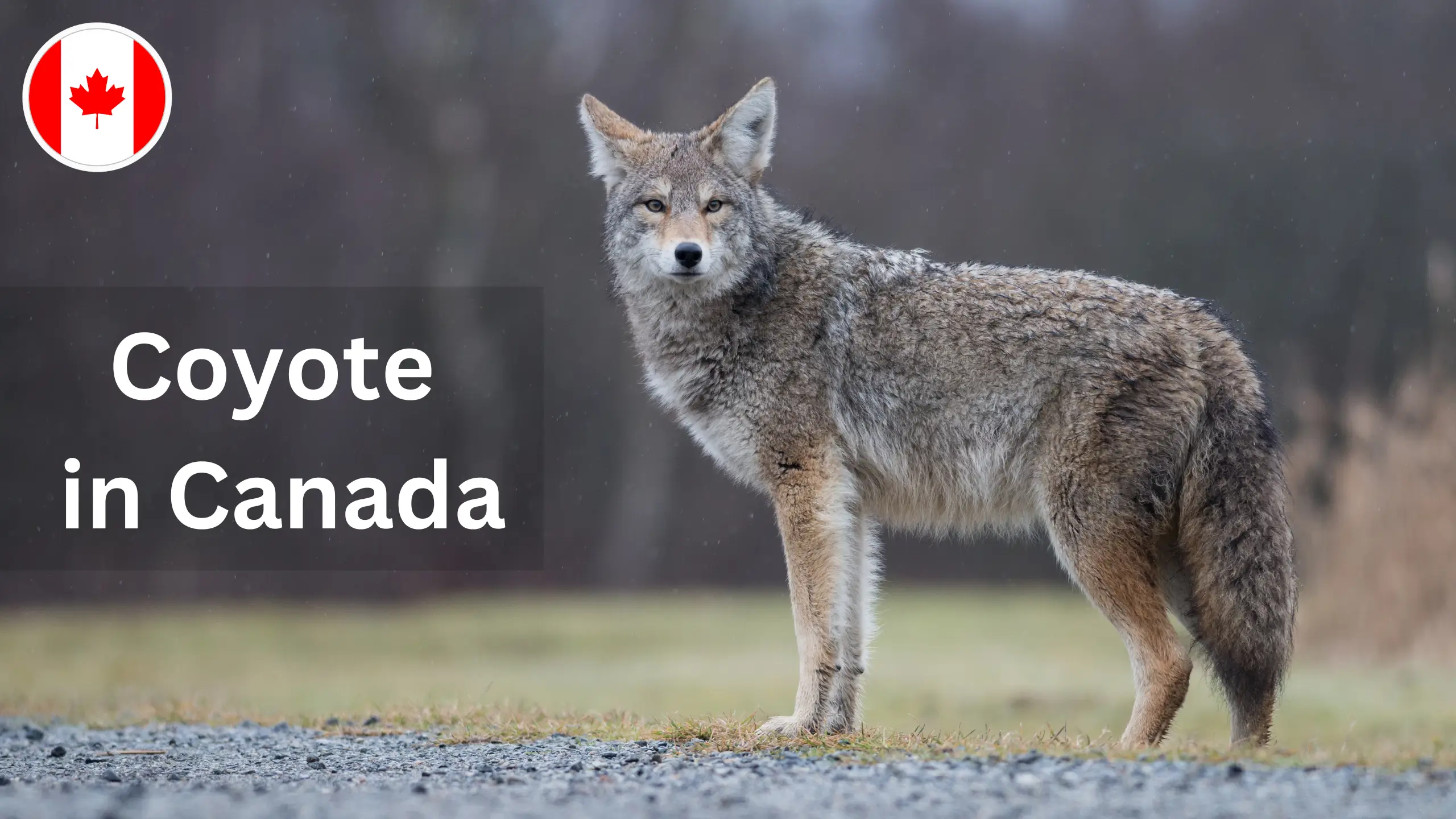Bison is a wild animal and has a huge body structure with some long shaggy hair on the body. It is considered the largest mammal resembling the Wild Ox and has exceptional features. The large head and huge body make their herds quite ferocious.
Their numbers reduced in the previous century but after their breedings, their specie regained number and inhabited the Canadian grasslands adding to the diversity of Canadian wildlife.
Physical Features of Bison
They have large humps at the back along with the legs covered with long fur and a dark-brown coat on the skin. They have large heads with curved horns pointing in the upward direction. Here is a summary of the physical features of Bison:
| Features | Relevant Information |
| Scientific Name | Bison Bison Athabascae |
| Life Span | Average is 10-20 years |
| Diet | Grasses and Sedges along with lichens |
| Height | Average height can be around 2 – 3.5 meters |
| Average Weight | Average weight is about 400 – 1000 kg |
| Habitat | Deep forests and meadows |
| Species | 2 subspecies in Canada |
| Other Names | Buffalo and Ox |
When you are to see this huge animal, you must know certain facts about them to make your visit fascinating. Here are some of these interesting facts:
-
Iconic Species
The bison is one of the largest land mammals in North America and an iconic species in Canada.
-
Recovered After Extinction
Bison were once nearly extinct in Canada, with fewer than 1,000 individuals remaining in the late 19th century due to overhunting.
-
Dominant Senses
Bison have excellent senses of smell and hearing, but their eyesight is relatively poor.
-
Movement in Large Herds
Bison are social animals and live in herds, with dominant bulls leading the group and protecting the females and calves.
-
Unique Way of Communication
They have a unique grunting sound, which they use to communicate with other members of the herd.
-
Integral Part of Canadian Culture
These species have been an important part of many Indigenous cultures in Canada, providing food, clothing, and other resources.
-
Meet Provides Alternative to Beef
Bison meat is leaner and higher in protein than beef and is considered a healthy alternative by many Canadians.
Two major subspecies of this animal inhabit Canada as well as the rest of the world and the major differences are there in the form of appearance. These subspecies have triangle heads with less-defined shoulders and bigger shoulder humps. They are abundant in boreal forests.
Plain Bison
These subspecies have large heads with small noses and clearly defined upper body shapes. They are found in temperate grasslands and shrublands where grasses, shrubs and are the dominant vegetation as compared to trees.
Woody Bison
Sightseeing of Bison in Canada
Bison are herbivores and enjoy roaming around the meadows and forests where they can have plenty of grass and plants to eat.
Best Places to View Bison in Canada
The main cities where bison are found include the Alberta, Manitoba, Yukon, and Northwest territories.
National Parks
Some of the attractive places to view the Bison in the Canadian territory are national parks where they were moved to conserve their species.
| National Park | City Located |
| Banff National Park | Alberta |
| Wood Buffalo National Park | Alberta and North-Western territory |
| Elk Island National Park | Alberta |
| Grasslands National Park | Saskatchewan |
| Prince Albert National Park | Saskatchewan |
| Riding Mountain National Park | Manitoba |
Different sides of the country have different time frames during which bison can be seen and photographed more easily.
| Territory of Country | Months Ideal for Sightseeing |
| In Western Canada | June to September |
| In Eastern Canada | October to November |
Can You Hunt Bison in Canada?
The hunting of bison in Canada is regulated by provincial/territorial governments. Limited hunting is allowed through draw systems and specific seasons. Policies aim for sustainable populations and responsible hunting practices. You can check with relevant authorities for up-to-date information and requirements.









